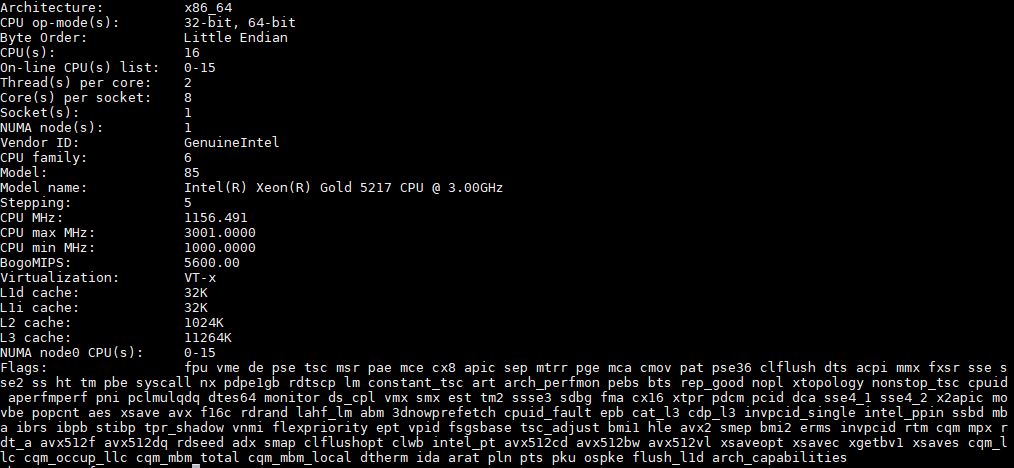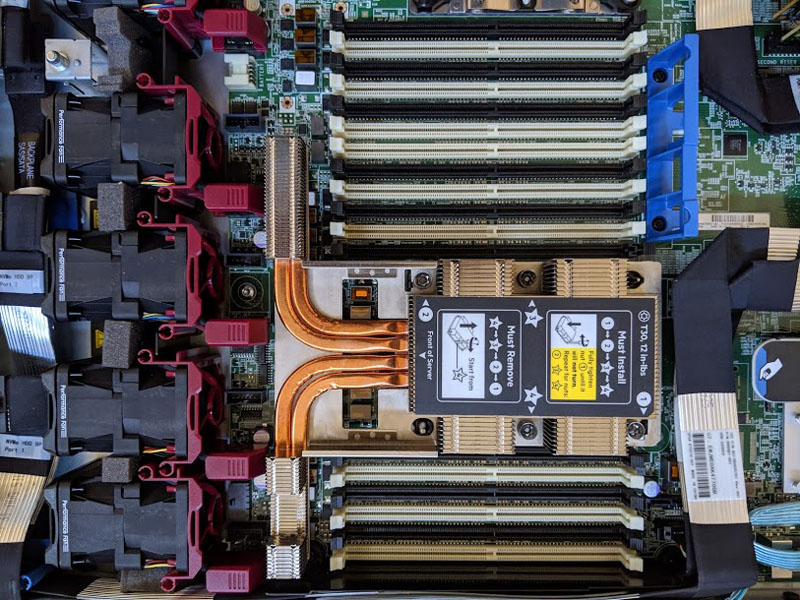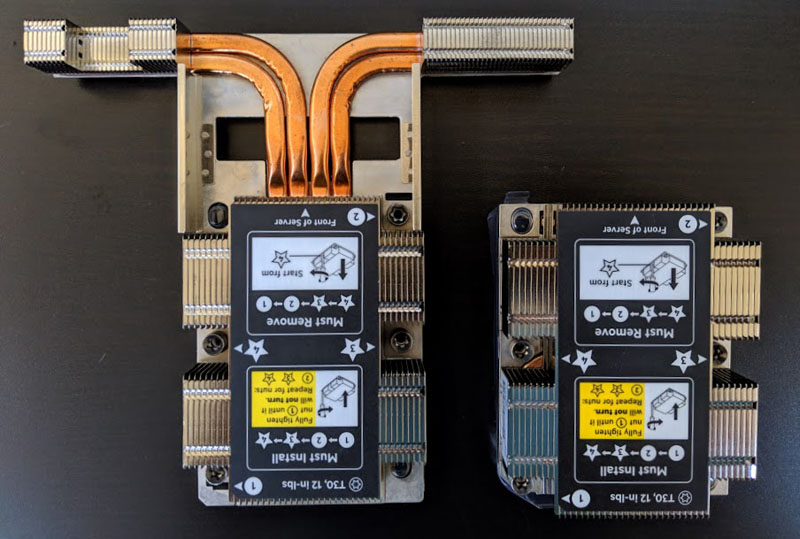For the most part, the new 2nd Generation Intel Xeon Scalable series yielded major gains from generation to generation. We recently took a look at the Intel Xeon Bronze 3204 which offered a modicum of increased performance. Today, we are looking at the Intel Xeon Gold 5217 which, in some ways, was one of the only SKUs to digress generation-on-generation. This makes a lot of sense. When we did our Intel Xeon Gold 5117 Benchmarks and Review piece, we asked: “why bother?” It was yet another 14 core/ 28 thread part similar to a number of other options in the 1st generation stack.
In contrast, the Intel Xeon Gold 5217 is an 8 core/ 16 thread part with higher clock speeds, less cache, and a ~10% higher TDP. With a change like that, we quickly worked on getting a sample because our readers need to know that if they are using, or their customers use Intel Xeon Gold 5117 parts, the Gold 5217 is not necessarily the migration path for them.
Key stats for the Intel Xeon Gold 5217: 8 cores / 16 threads with a 3.0GHz base clock and 3.7GHz turbo boost. There is 11MB of onboard cache. The CPU features a 115W TDP. These are $1522 list price parts. Here is the ARK page with the feature set.
Here is what the lscpu output looks like for an Intel Xeon Gold 5217:

Intel Xeon Gold 5217 Test Configuration
For our 2nd Generation Intel Xeon Scalable CPU single socket reviews, we are using the following configuration:
- System: HPE ProLiant DL360 Gen10
- CPU: Intel Xeon Gold 5217
- RAM: 6x 32GB DDR4-2666 ECC RDIMMs
- Storage: 1x Intel DC S3700 400GB
- PCIe Networking: Mellanox ConnectX-3 HPE FlexLOM dual-port 40GbE
The Intel Xeon Gold 5200 series gets a bump to be able to use DDR4-2666 memory, up from DDR4-2400 in the Gold 5100 series so we are using those DIMMs for this review and not DDR4-2933 memory downclocked. We covered the test system in more detail in our article A New STH 1P 2nd Gen Intel Xeon Scalable Test Platform including the process we went through to select the heatsinks and fans.

One will notice that we are using the high-performance heatsink here with the high-performance fans. That is to ensure that even though we are using a 1U server, we have enough cooling capacity for our testing. If you purchase a new ProLiant DL360 Gen10 you will likely get a standard heatsink which is more than ample to cool a low-power part like this. You can see the difference between the high-performance and standard HPE ProLiant DL360 Gen10 heatsinks here:

Next, we are going to take a look at our Intel Xeon Gold 5217 benchmarks. We are then going to conclude with our market comparison and final words on the processors.





As if the lineup wasn’t confusing enough already with the first generation Xeon SP